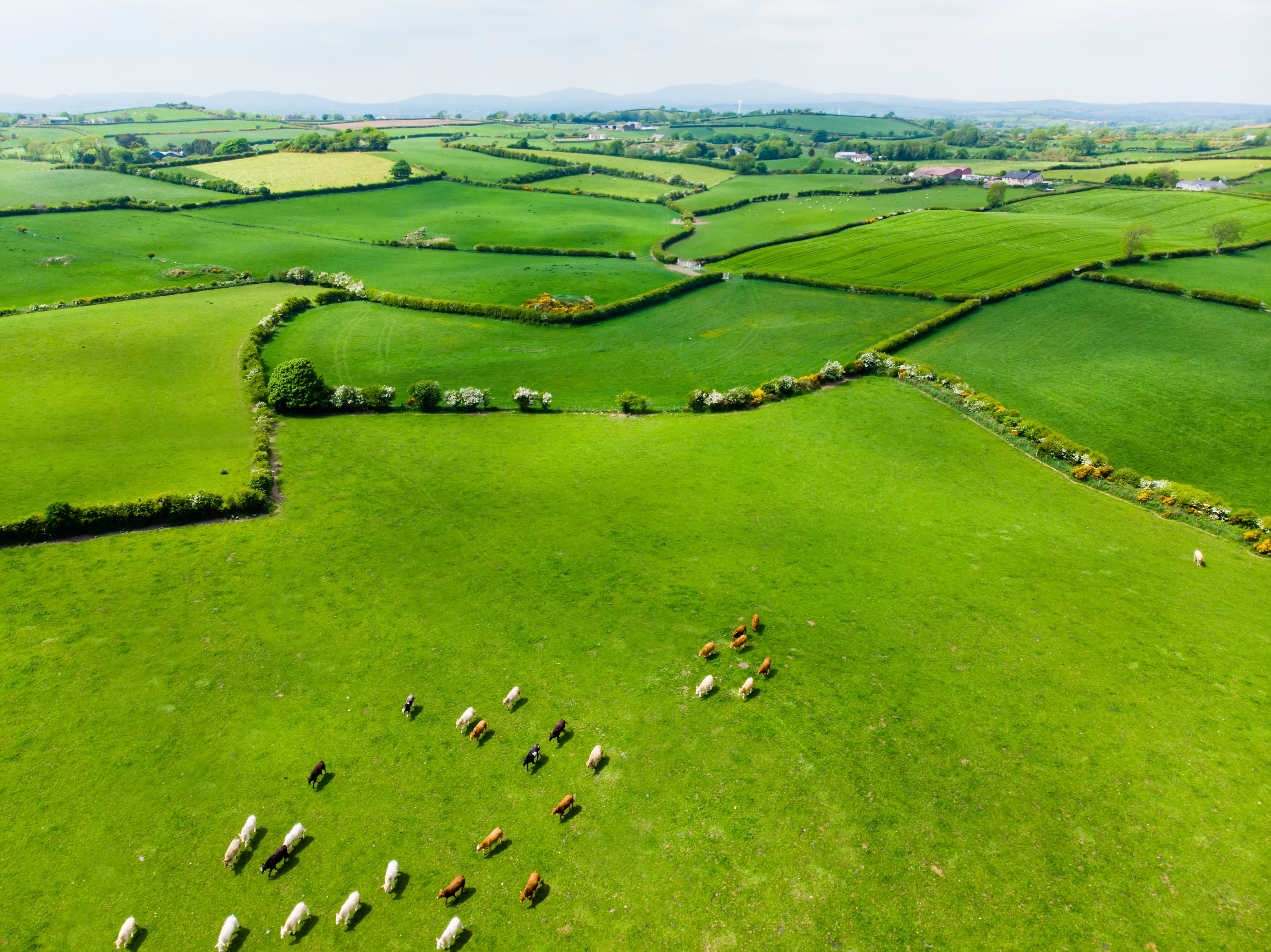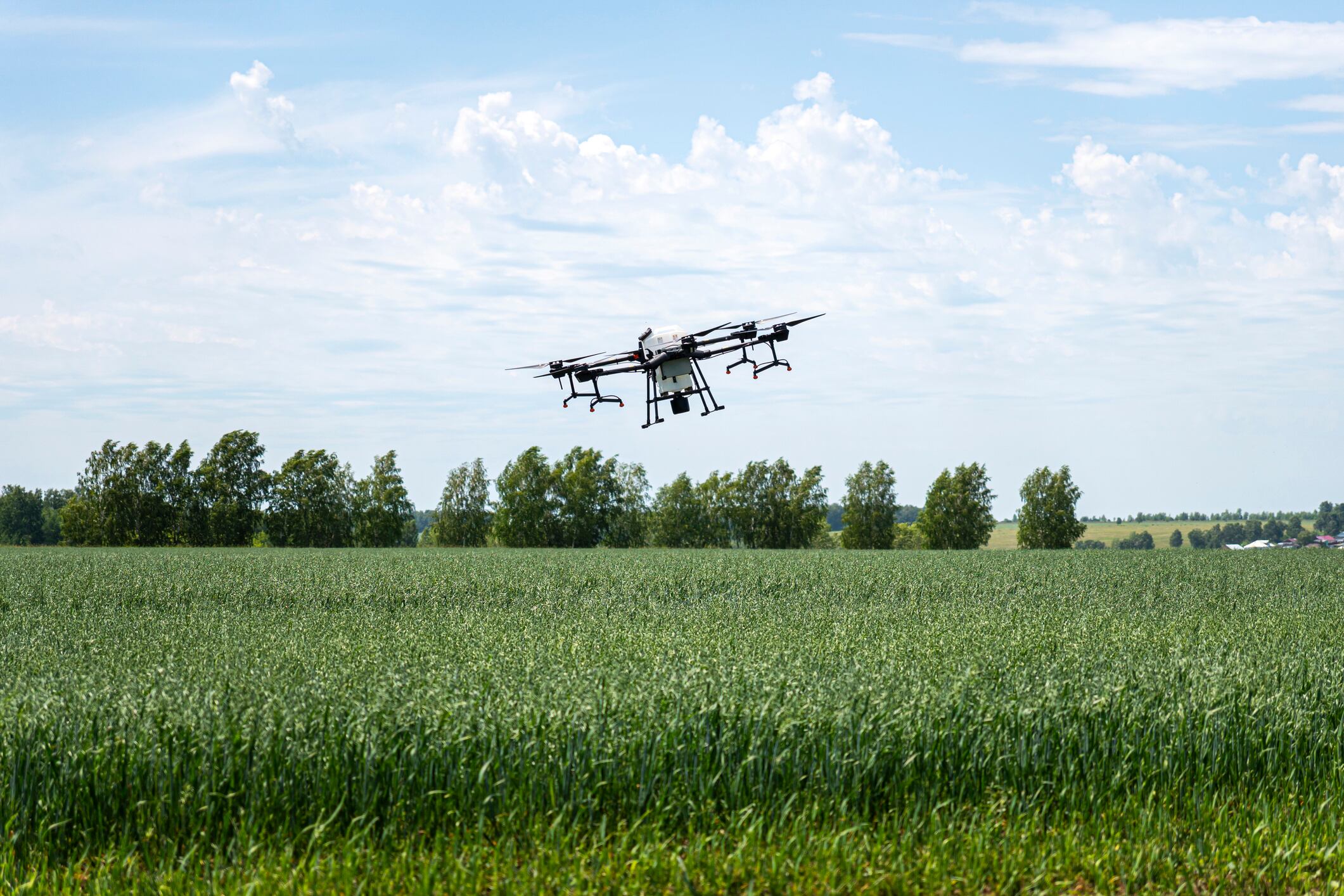Dublin’s Proveye has been awarded a European Space Agency (ESA) contract under its Spark Funding initiative to accelerate the rollout of ProvVari, a satellite-powered precision fertiliser tool tailored for grassland-based dairy and beef farmers.
The platform aims to transform how fertiliser is applied on pasture, moving away from blanket broadcasting towards variable rate application that optimises nutrient use, reduces input costs, and mitigates environmental impacts.
How ProvVari works
ProvVari integrates ESA Sentinel-1 SAR and Sentinel-2 multispectral imagery with high-resolution drone data, GNSS guidance, soil measurements, and local weather datasets to generate prescriptive fertiliser maps for each paddock.
This approach is aims to help farmers minimise fertiliser waste; protect water quality and comply with tightening EU nutrient management regulations.
“ProvVari has already drawn strong engagement from agri-advisors, machinery manufacturers, and fertiliser companies, as well as a growing community of progressive Irish farmers,” said Jerome O’Connell, CEO of Proveye. “This ESA contract is a major step forward in our mission to align agricultural productivity with environmental stewardship, biodiversity protection, food security and climate resilience.”
Why grasslands are the focus
Unlike many precision fertiliser tools that target arable crops, ProvVari is designed specifically for pasture-based systems, a segment largely underserved by existing technologies.
“We have deliberately kept clear of arable as its already a busy space,” Proveye CCO Paul Kennedy told AgTechNavigator. “Our uniqueness lies in our ability to remotely measure grass composition and historical growth, then use that data to build prescriptive maps. This moves pasture farming from a generic broadcasting approach to a precision-based model.”
Proveye integrates Sentinel-1 SAR and Sentinel-2 multispectral data to improve accuracy compared to traditional soil sampling or drone-based approaches. “The cost of soil sampling in terms of the number of samples per paddock and the frequency makes it financially unviable on its own as a data source for variable rate mapping in grasslands,” Kennedy explained. “Even with drone technology it’s not viable as you would need to fly the drone across the entire farm every seven days. We do use drones, but only to map the composition of the grass sward, which can typically be done once a year.”

AI at the core
ProvVari leverages AI to interpret time-series radar, multispectral, weather, and topographic data, correlating these with grass biomass, soil moisture, and temperature. Computer vision models further analyse high-resolution drone imagery to map clover, weeds, and bare soil.
“The ability of our AI models to find patterns in hundreds of gigabytes of data is fundamental to our product,” Kennedy said. “All these models we have developed from the ground up ourselves to ensure the highest possible accuracy.”
Environmental and economic impact
Proveye estimates ProvVari could help farmers reduce nitrogen fertiliser use by up to 30% annually without compromising grass growth – cutting costs and lowering emissions.
A 30% reduction equates to ~4.16 kg CO₂e avoided for every 1 kg of nitrogen not applied. “This is a compelling proposition for the farmer from a cost perspective as well as from a nitrates perspective,” Kennedy noted, “whereby the farmer can better utilise their quota of fertiliser for the year to maximise grass performance.”
This has implications too, he believes, for future CAP subsidy frameworks and carbon credit schemes. Proveye technology is also being used in Sub-Saharan Africa in nature-based carbon removal projects that must prove below-ground sequestration, regenerative grazing, and nature restoration.
Commercial rollout and partnerships
ProvVari will launch in Ireland in Q1 2026, before expanding to mainland Europe and New Zealand. Proveye is working with machinery manufacturers such as John Deere and Rauch to ensure compatibility with ISOBUS-enabled spreaders and plans to integrate with farm management platforms.
“The initial likely customers will be those already using our pasture management platform who are already benefiting from the AI driven insights we are delivering to them to increase their grass utilisation and profitability,” Kennedy said. “Trials on individual paddocks with variable rate maps vs other paddocks with traditional broadcasting will help in validating the technology in real-time.”
ESA Space Solutions Centre Ireland manager Peter Finnegan called ProvVari “a timely intervention when positioned against the challenges of increasing productivity and reducing environmental impact simultaneously.”




